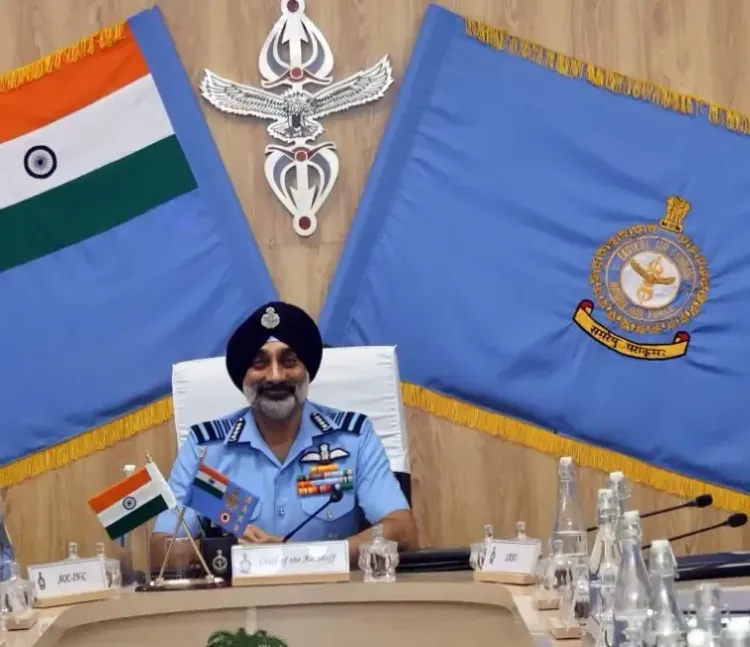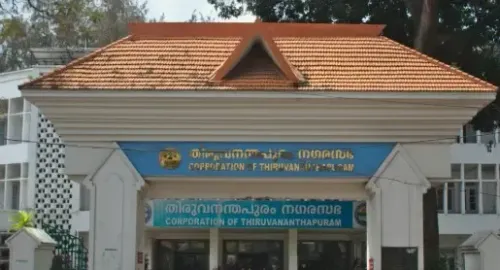Did Pakistan Seek a Ceasefire After the Downing of F-16 and J-17 Fighter Jets?

Synopsis
Key Takeaways
- Operation Sindoor led to significant losses for Pakistani forces.
- Evidence of successful long-range strikes has been documented.
- Pakistan's plea for a ceasefire indicates the impact of Indian military actions.
- The Indian Air Force demonstrated effectiveness in neutralizing threats.
- The modernization roadmap for the Armed Forces is underway.
New Delhi, Oct 3 (NationPress) India’s Operation Sindoor unleashed devastation on Pakistani forces as their top fighter jets, including the US-manufactured F-16s and Chinese-designed J-17s, were obliterated during a four-day military confrontation, stated Air Chief Marshal A.P. Singh on Friday.
He emphasized that the Indian military possesses evidence of at least one long-range strike on an AEW&C aircraft and four to five strikes on fighter jets throughout Operation Sindoor.
During the 93rd Air Force Day celebrations in the capital, the IAF chief dismissed claims that Indian jets were shot down during retaliatory strikes from Pakistan, labeling them as malicious propaganda by the Pakistani government aimed at deceiving its populace.
Regarding the uncertainty surrounding the ceasefire following Operation Sindoor, he revealed that it was Pakistan, severely impacted by Indian military actions, that requested a ceasefire.
"In Operation Sindoor, you witnessed the terrorists facing consequences for their attacks on innocents. The global community observed our success through precise strikes. We targeted areas over 300 km away, after which they (Pakistan) sought a ceasefire," he noted, commending the nation’s air defense systems for neutralizing all Pakistani projectiles and drones throughout the fierce military engagement.
Significantly, India’s accurate airstrikes under Operation Sindoor led to the Indian Air Force dismantling terror infrastructure in Pakistan and in Pakistan-occupied Kashmir (PoK) on May 7, serving as a robust response to the April 22 Pahalgam terror attack, resulting in the destruction of nine terror camps and the elimination of over 100 terrorists.
The IAF chief also stated that a definitive directive and mandate were assigned to the Indian Armed Forces, which successfully met those objectives within a specified timeframe without unnecessary prolongation.
“We decided to conclude those hostilities because our objectives were fulfilled. This is a lesson the world should learn from us,” he remarked.
He further mentioned the necessity of preparing the Armed Forces for future challenges, revealing that a modernization plan extending to 2047 is currently under consideration.









